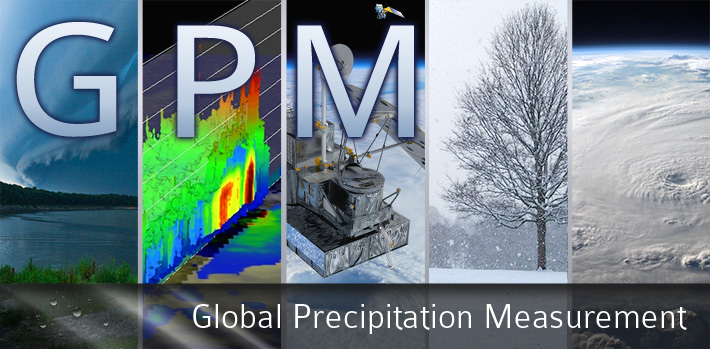KPOL/IMERG
Comparisons of precipitation from KPOL and IMERG
KPOL
The Kwajalein Polarimetric S-band Weather Radar (KPOL) located on Kwajalein Atoll at (167.732 E, 8.718 N)
is a dual-polarized Doppler system used to detect, analyze, and record precipitating weather systems.
Thanks Dave Marks and Jason Pippitt for making great efforts to grid the continuous stream of KPOL measurements to 0.1 deg resolution
for this study.
The gridded KPOL radar precipitation data cover +/-1.1 deg centered at (167.75E, 8.75N) (the nearest IMERG pixel to KPOL)
at 1km height, and are available approximately every 10 minutes from 2014 except for the following periods
(>=1day) and some other shorter periods (<1day) when the data are missing:
Year Month/Day
2014 04/29-04/30
2015 07/12, 07/30
2016 02/29-03/09, 05/19-06/17, 10/28-10/31, 11/05-11/08
2017 05/24-05/25, 06/16, 07/05-07/10, 08/04-08/06, 09/25, 11/06, 11/23-11/30
2018 01/12, 06/25, 06/30
2019 04/30, 05/28, 09/07-09/08
2020 11-27-11/29
2021 02/18-02/19, 03/01-03/20, 03/24
2022 07/13-07/16, 12/10-12/31
The gridded KPOL radar precipitation data (in NetCDF format) can be accessed here.
Comparisons with V05B and V06B IMERG Final Runs
V05B IMERG Final is availabe to Jun 2018.
V06B IMERG Final is available to Sep 2021.
The comparisons are conducted over a circular area with radius of 100 km centered at (167.75E, 8.75N) using
the V05B and V06B IMERG Final Run data, and the above KPOL gridded data during the commonly
available period from Apr 2014 to Jun 2018. Because of the low data quality related to the
KPOL interpolation beyond 100km of the radar (as indicated in multi-year precipitation contour),
the data out of 100-km radius are excluded from the analysis.
The KPOL gridded data are resampled to half-hourly resolution, and then averaged to daily and monthly precipitation rates.
IMERG data are categorized according to PMW instruments (TMI, AMSR2, SSMIS, MHS, GMI, ATMS, SAPHIR), and morphing-based categories
(IR only, Morph only, and IR+Morph). Note that IMERG never uses IR-only estimation in our study area. In addition, TMI and SAPHIR are not used in V05B.
|




